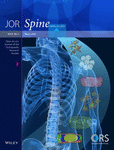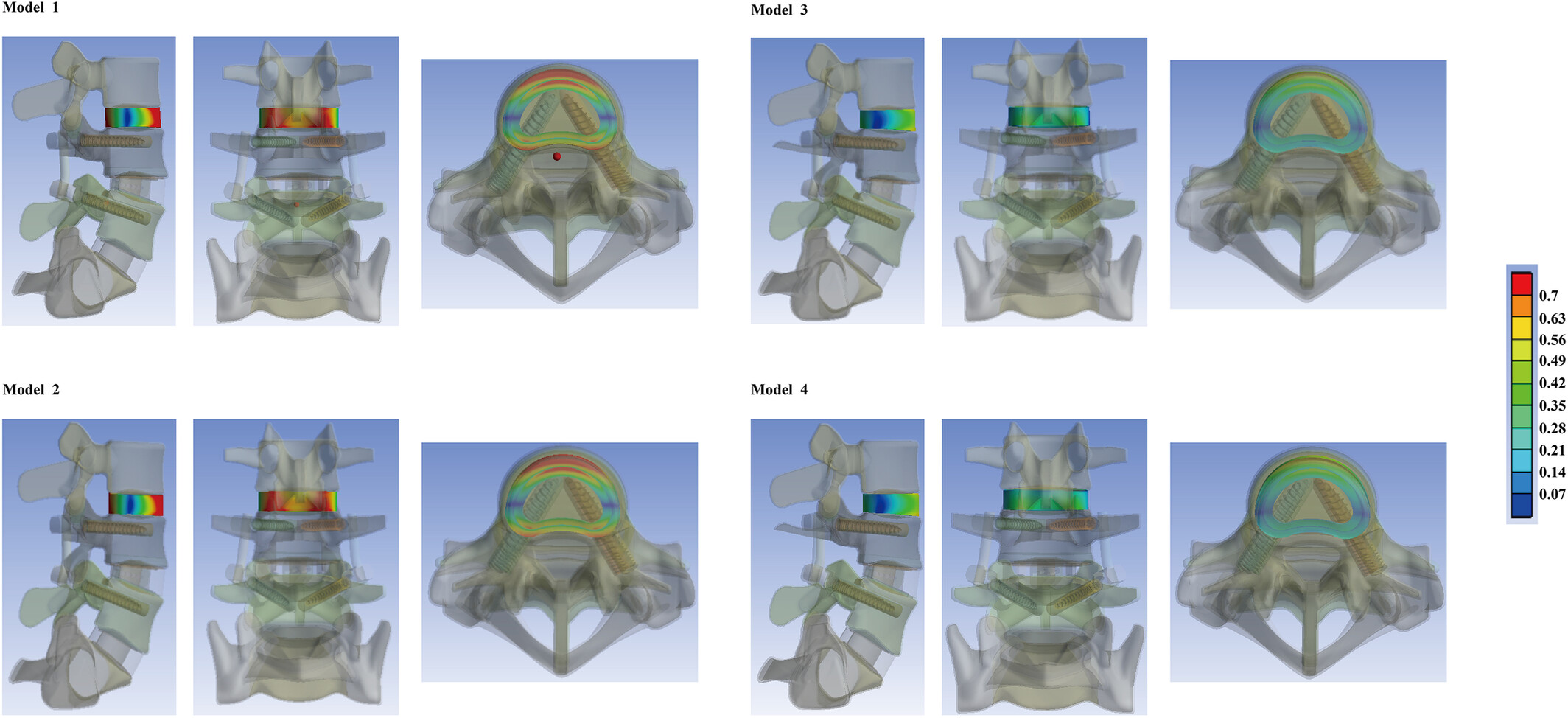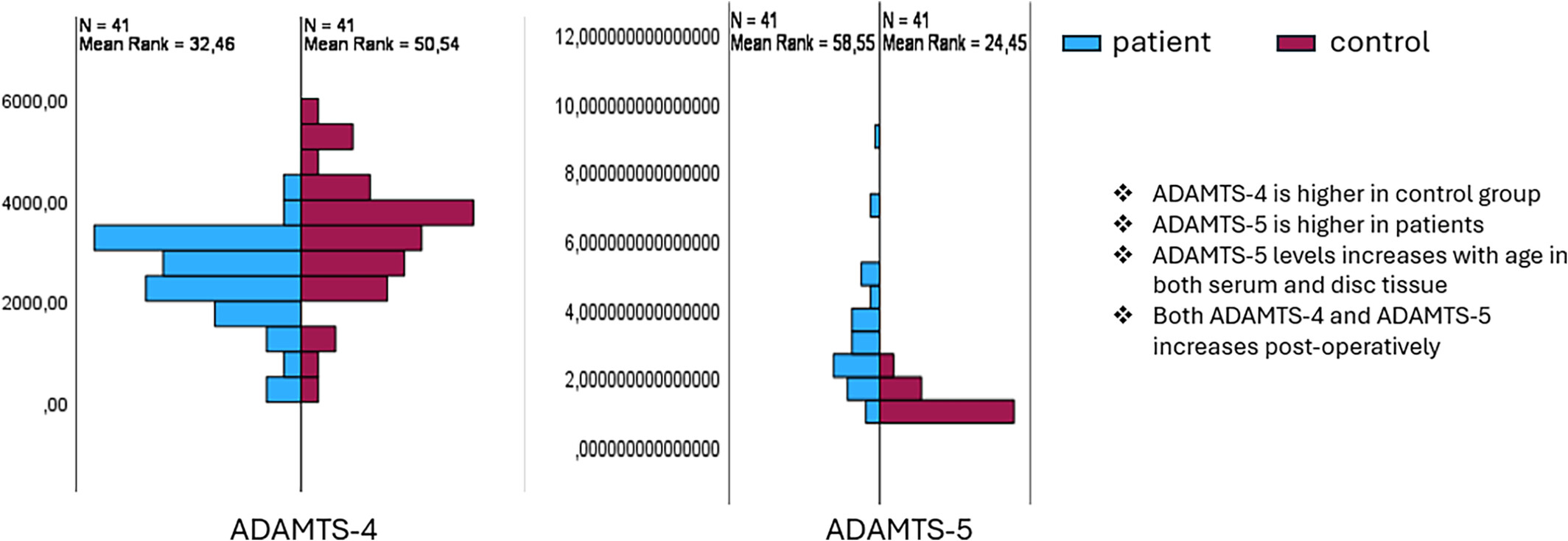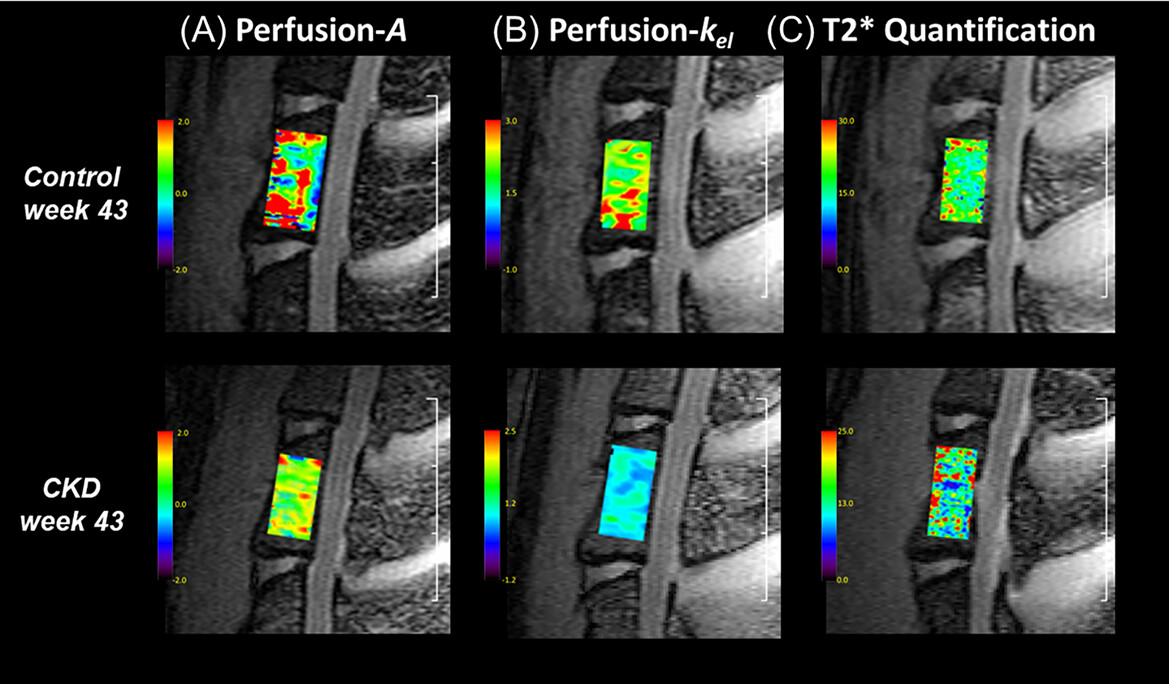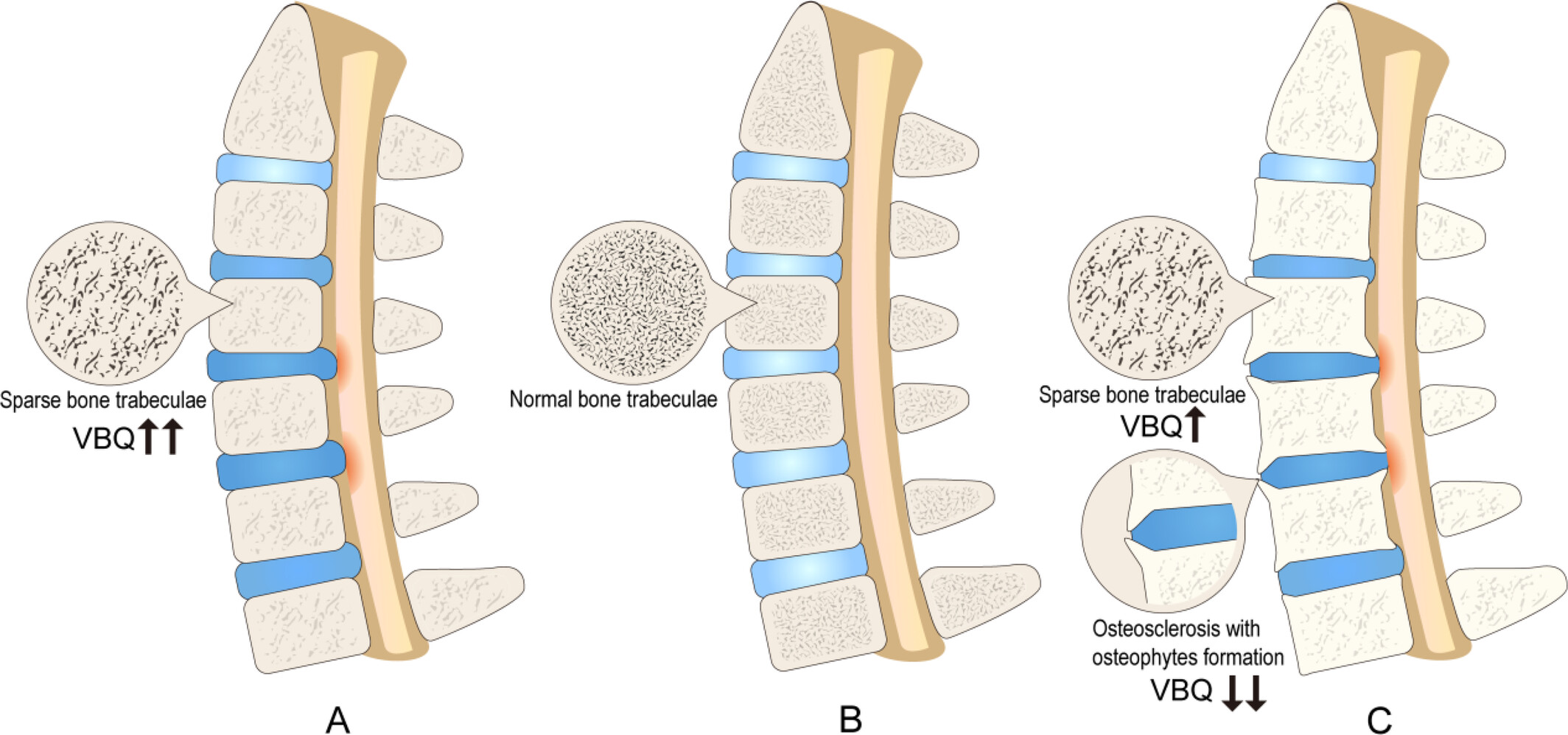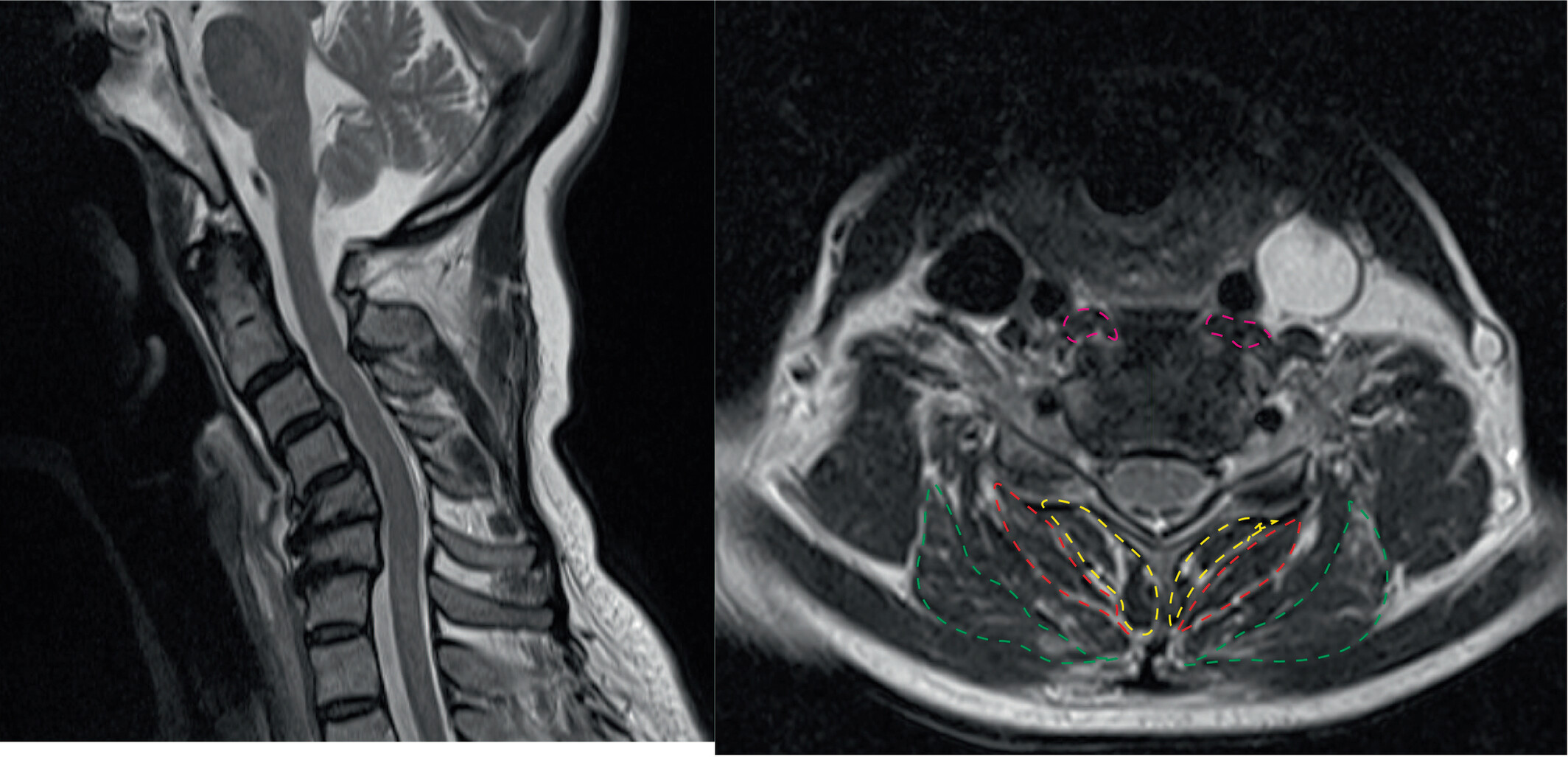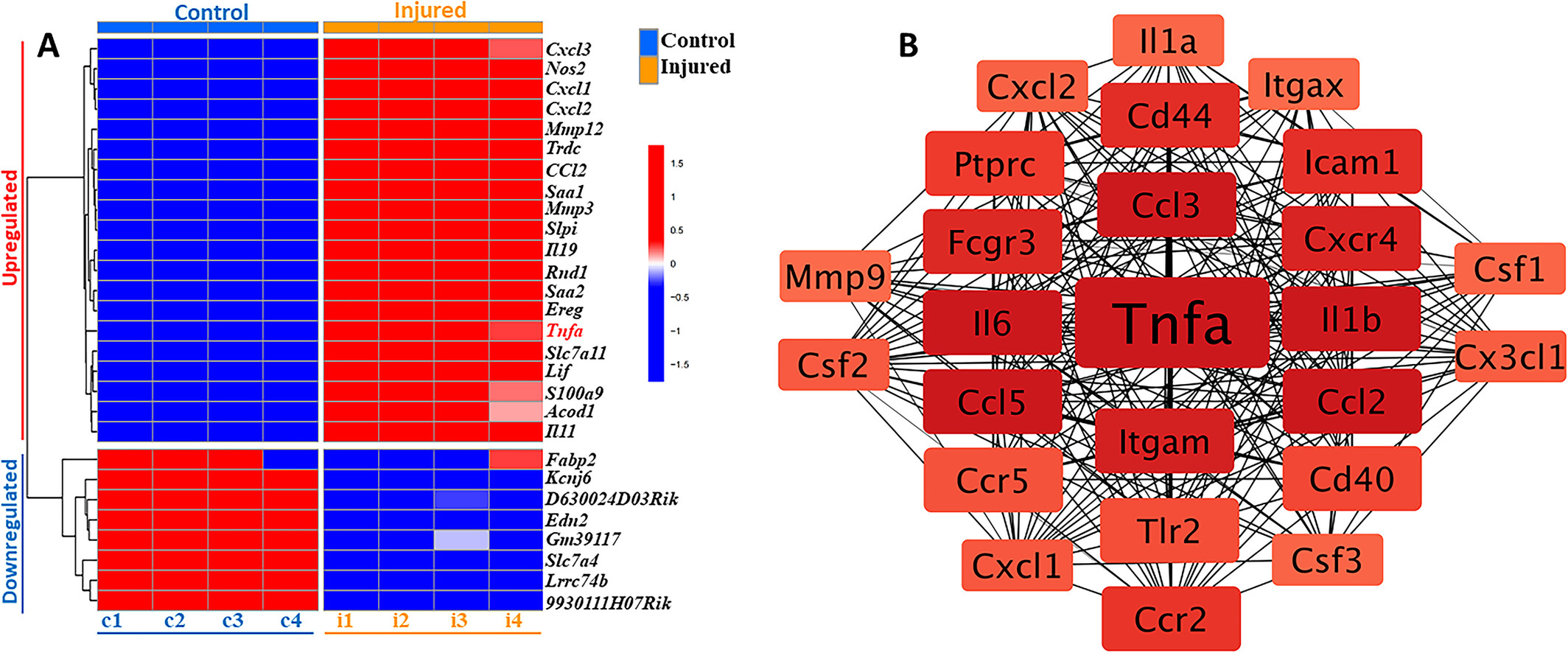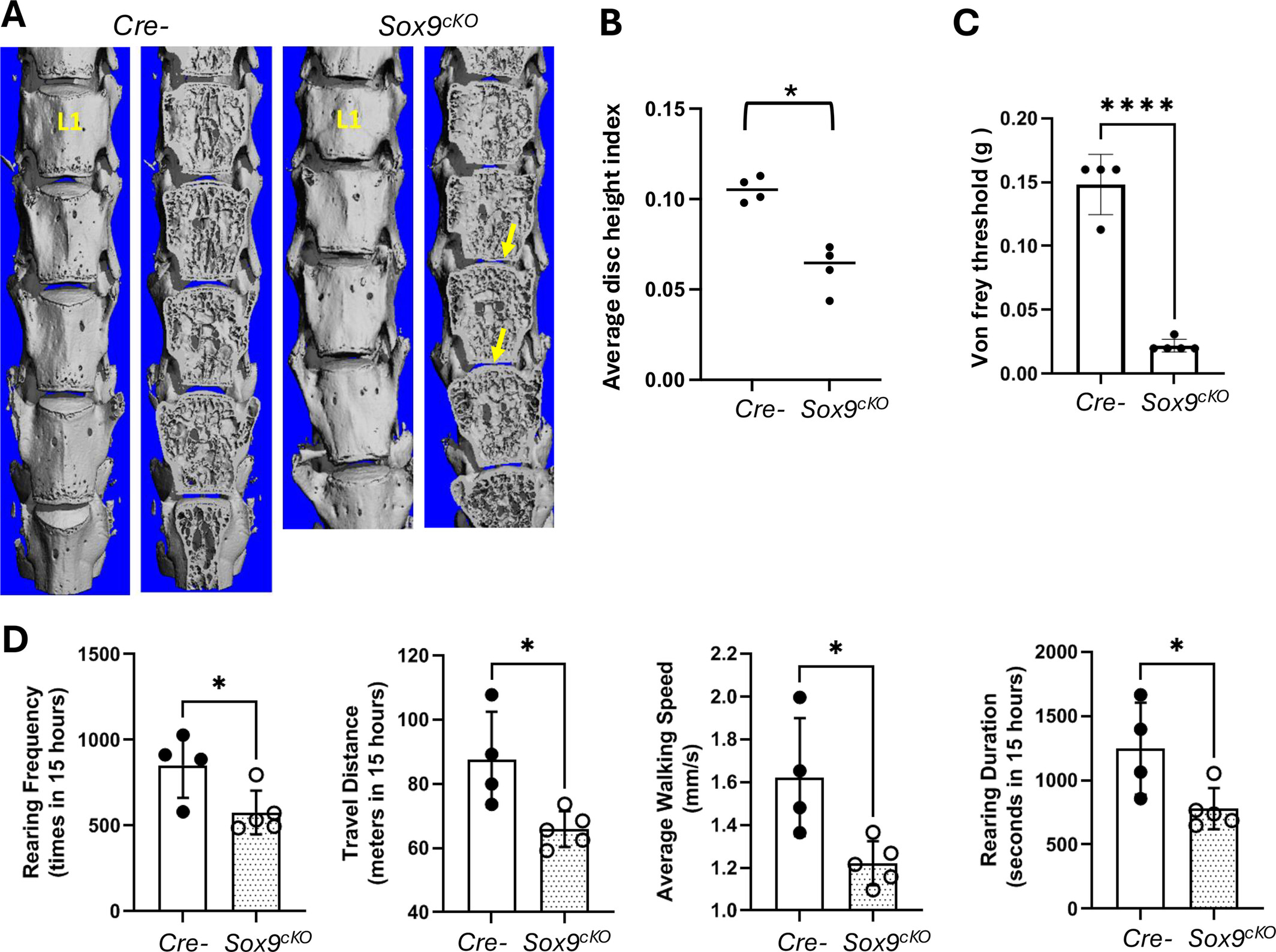Journal list menu
Export Citations
Download PDFs
ISSUE INFORMATION
PERSPECTIVE
Contemporary clinical perspectives on chronic low back pain: The biology, mechanics, etc. underpinning clinical and radiological evaluation
- First Published: 23 January 2025

Pain of the chronic nature remains the foremost concern in tertiary spine clinics, yet its elusive nature and quantification challenges persist. Clinically, low back pain (LBP) exhibits a multifaceted character, encompassing conventional assessments of severity and disability, alongside nuanced attributes like pain characterization, duration, and patient expectations. Radiology should not operate in isolation; the disconnect between the clinical and radiological realms ultimately benefits neither patient nor surgeon. Additionally, more sensitive measures of intervertebral discs (IVD) prolapse, and the corresponding inflammatory pathway triggered is required to provide information on the underlying pathophysiological mechanism of pain generation.
Do we know more about the mechanobiology of the intervertebral disc in space than on Earth?
- First Published: 18 February 2025
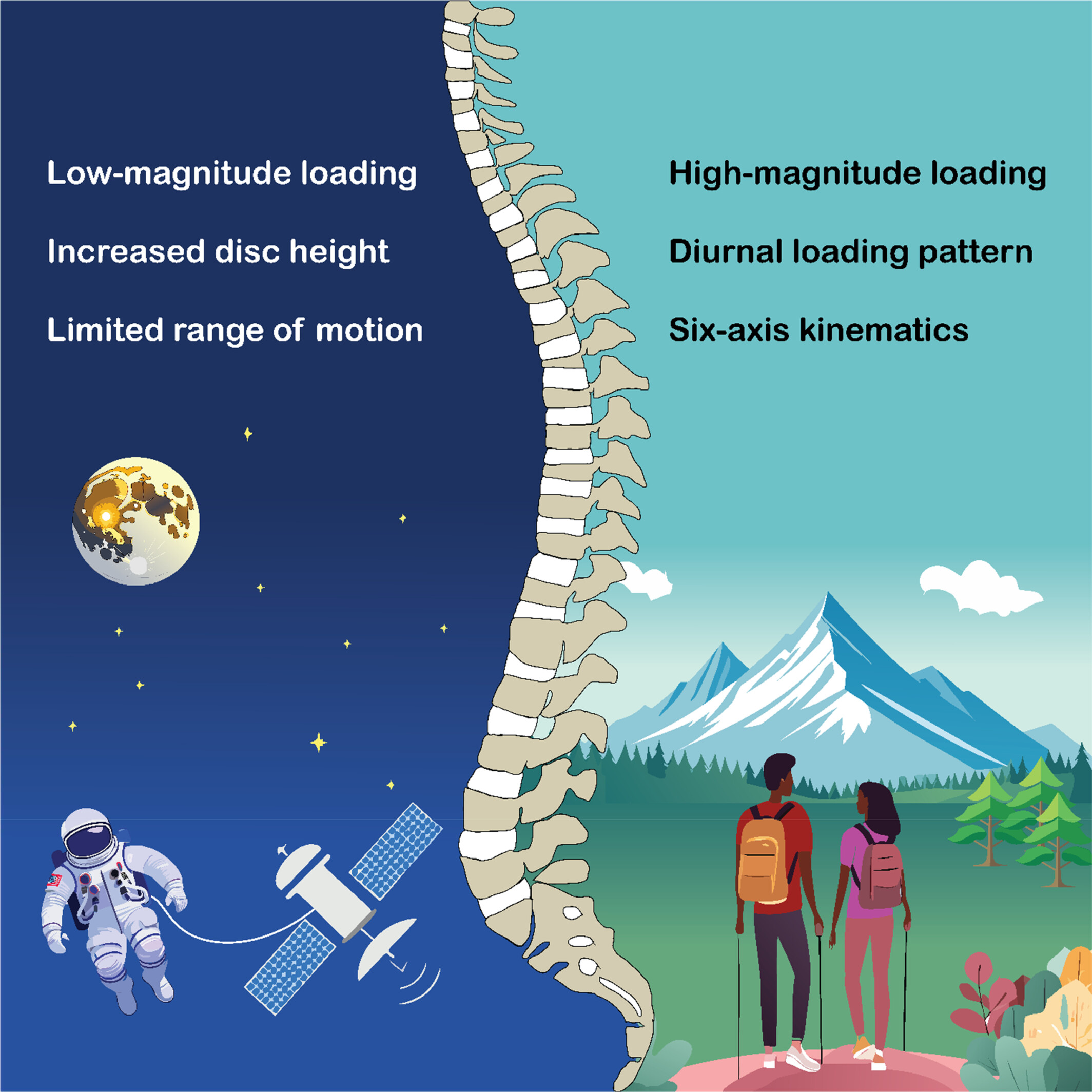
This work provides a perspective on the loading protocols used in whole-organ interverterbal disc culture studies using bioreactors. We put this in the context of in vivo spinal loading, and we put forward the case that the majority of previous bioreactor studies have more in common with spinal loading in space than on Earth. Finally, we provide an outlook for the future of bioreactor research, to provide data more relevant to spinal loading on Earth, and maximize the translational potential of findings to the clinical setting.
RESEARCH ARTICLE
Posterior Ligamentum Complex Preservation Alleviate ASD-Related Biomechanical Deterioration in Lumbar Interbody Fusion Models: A Finite Element Analysis
- First Published: 07 January 2025
Exploring the Causal Relationship Between the Plasma Levels of MMP1 (Matrix Metalloproteinase-1), MMP3, MMP7, MMP10, and MMP12 and Intervertebral Disc Degeneration: Mendelian Randomization
- First Published: 07 January 2025
Enhancing Clinical Insights: New Radiographic Grading for Lumbar Facet Joint Degeneration, A Reliability Study
- First Published: 07 January 2025
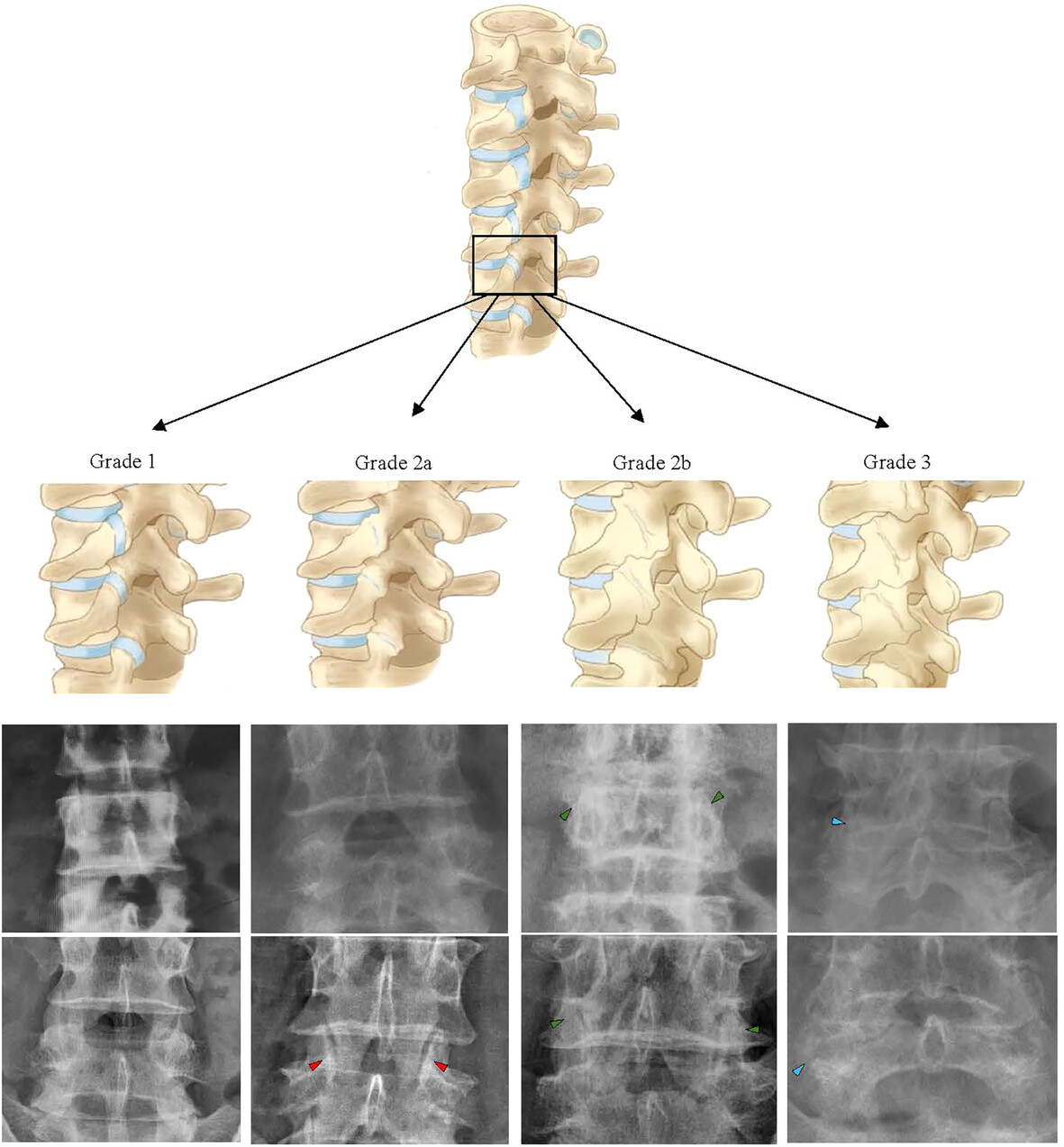
We propose a new grading system for lumbar facet joint degeneration based on X-rays, which serves as a supplement to the Weishaupt and Pathria classifications. This grading system aims to provide clinicians with a more comprehensive understanding of lumbar facet joint degeneration, allowing for the use of a broader range of diagnostic tools to evaluate facet joint degeneration from multiple perspectives.
The Relationship Between ADAMTS-4 and ADAMTS-5 Enzyme Levels in Patients With Degenerative Disc Disease: A Prospective Biochemical Study
- First Published: 08 January 2025
Analysis of Key Differential Metabolites in Intervertebral Disc Degeneration Based on Untargeted Metabolomics
- First Published: 08 January 2025
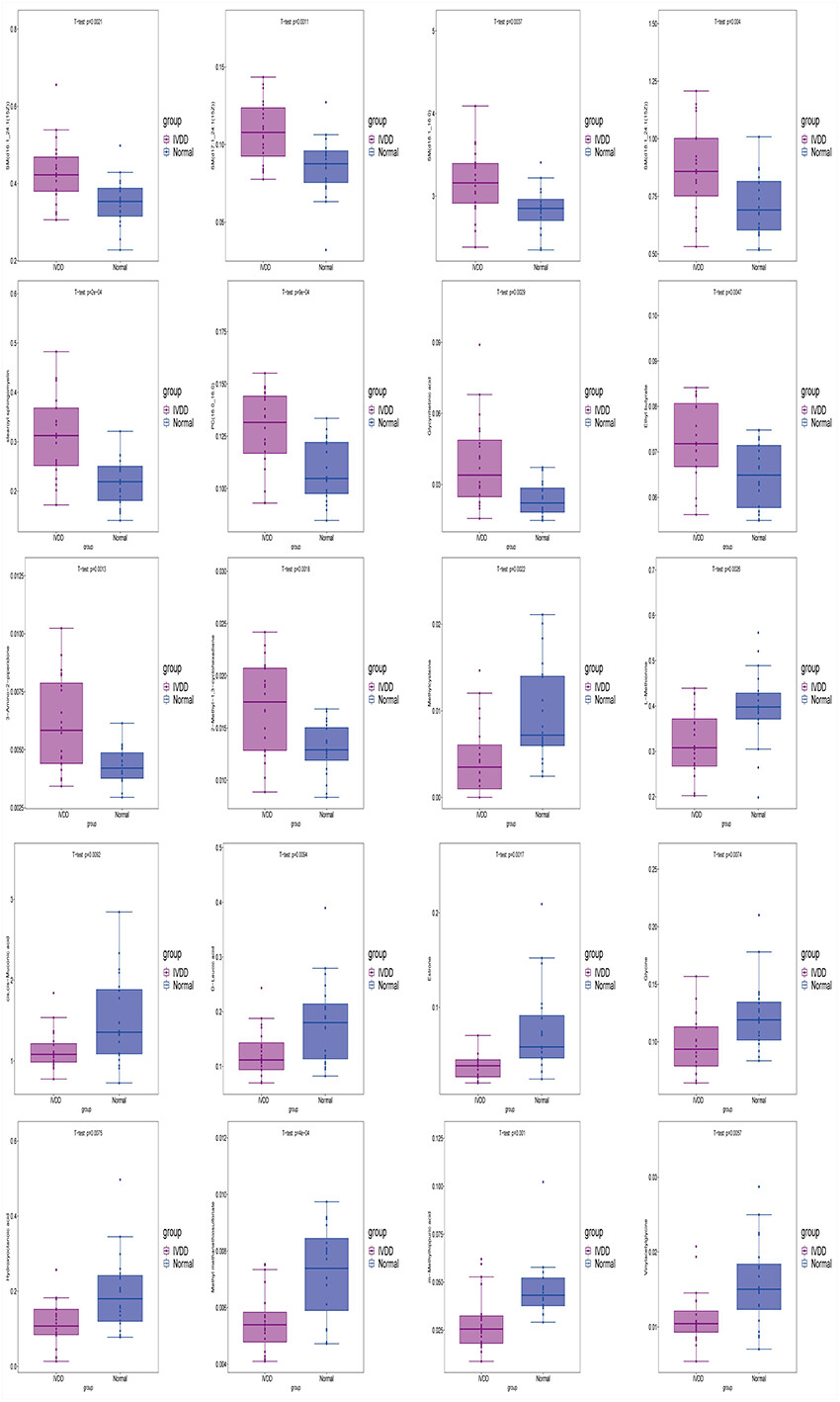
The results showed that 2-methyl-1,3-cyclohexadiene, SM(d16_1_24_1(15Z)), SM(d17_1_24_1(15Z)), SM(d18_1_16_0), SM(d18_1_24_1(15Z)), stearoyl sphingomyelin, the methylcysteine, L-methionine, cis, cis-muconic acid, and 20 other metabolites were significantly altered, and KEGG suggested that they were associated with glycine, serine and threonine metabolism, cyanoamino acid metabolism, citrate cycle (TCA cycle), aminoacyl-tRNA biosynthesis, and other metabolic pathways.
A Novel Dynamic Growth Rod Inducing Spinal Growth Modulation for the Correction of Spinal Deformities
- First Published: 10 January 2025
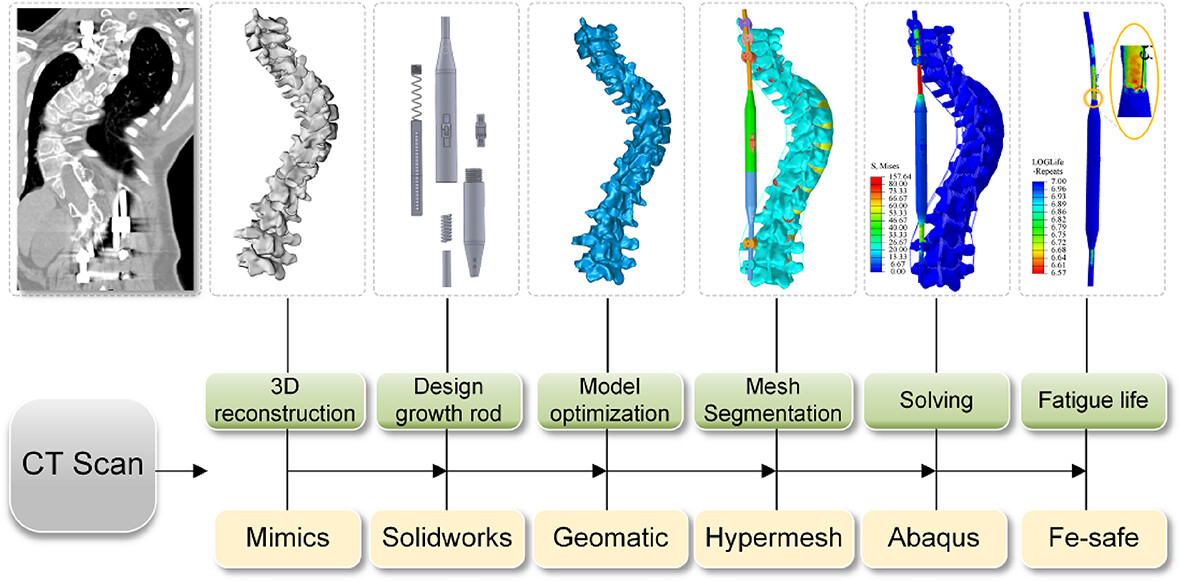
Our research addresses the limitations of current growth rod treatments for early-onset scoliosis (EOS), particularly their failure to optimally promote spinal growth and the necessity for frequent distraction surgeries, which lead to significant complications and burdens on patients. We have developed a novel growth rod (NGR) featuring unidirectional sliding and external regulation capabilities. This design promises to improve clinical outcomes by providing dynamic correction functionality and reducing the risk of infection through a non-invasive lengthening mechanism.
Unilateral Lumbo-Pelvic Fixation for Denis Type I Unilateral Sacral Fracture: A Finite Element Analysis
- First Published: 20 January 2025
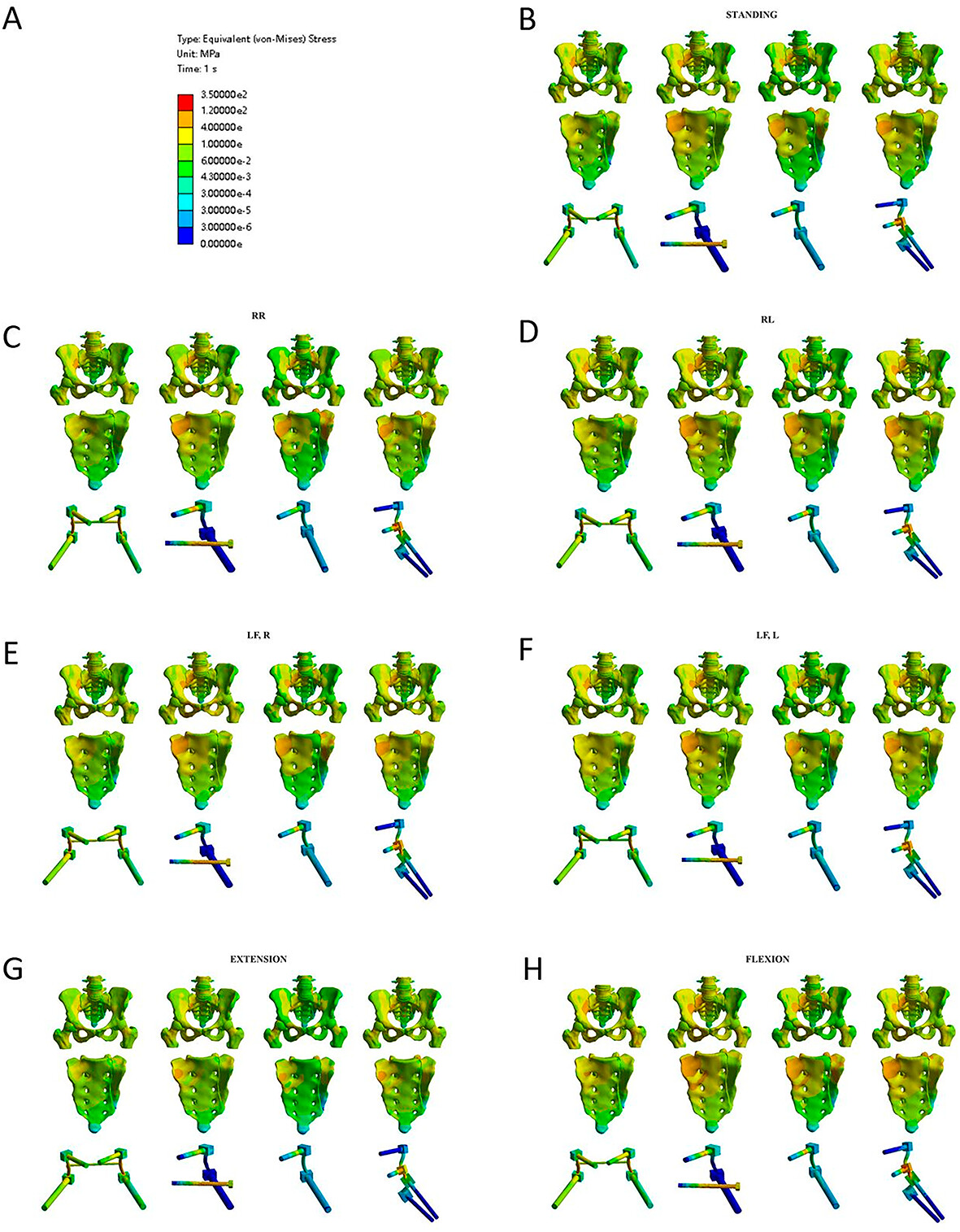
The article investigates the effectiveness of unilateral lumbo-pelvic fixation (ULF) for treating unilateral sacral fractures compared to traditional bilateral lumbo-pelvic fixation (BLF) and triangular osteosynthesis (TO). Using finite element analysis, the study finds that while ULF can offer some stability, it is generally less stable than BLF and TO, especially under certain movements. The research highlights the potential risks associated with ULF and suggests that more robust methods like BLF and TO are preferable for ensuring post-operative stability and promoting optimal healing.
Single-Cell Analysis Integrated With Machine Learning Elucidates the Mechanisms of Nucleus Pulposus Cells Apoptosis in Intervertebral Disc Degeneration and Therapeutic Interventions
- First Published: 20 January 2025
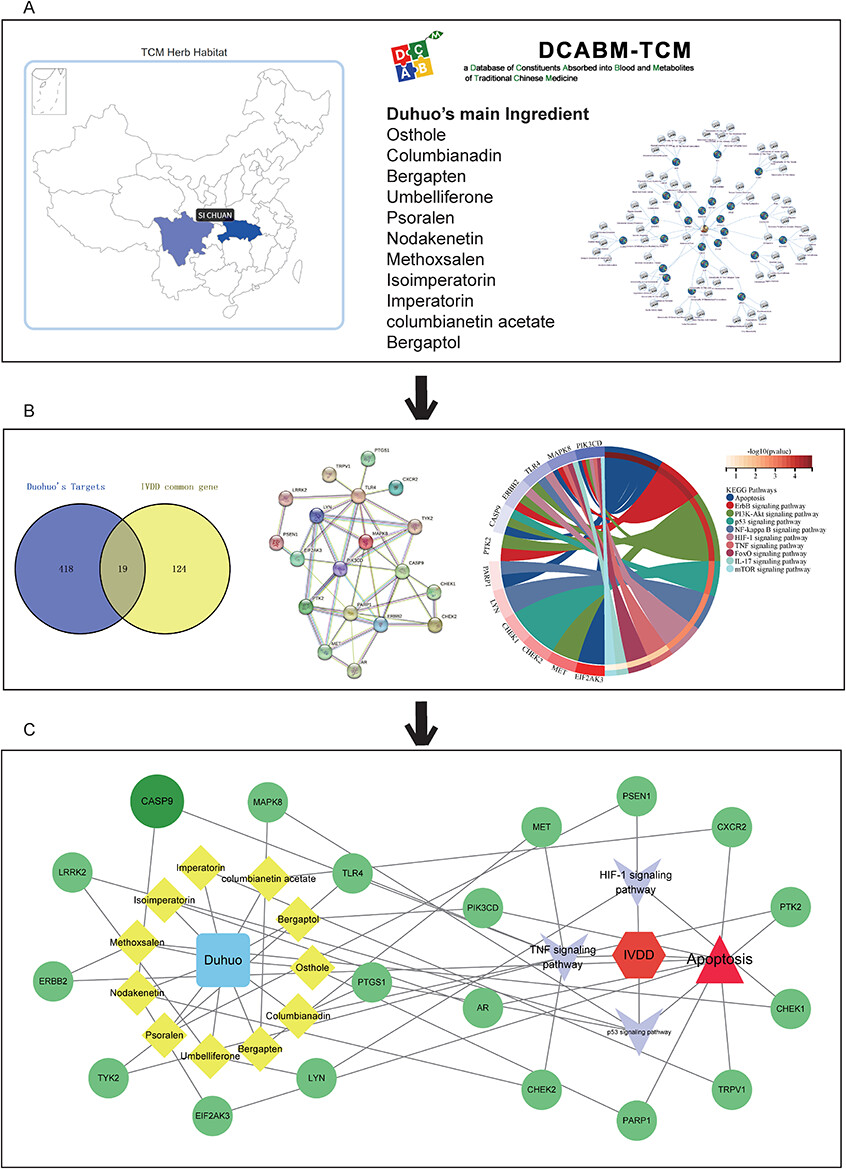
IVDD has various NPC subgroups, including HT-CLNP, fibrous NPC, sticky NPC, regulatory NPC, and steady-state NPC. Furthermore, numerous immune cell infiltrates, particularly monocytes and macrophages, play a crucial role in the evolution of IVDD. Parthenogenesis' key components are Osthole, Columbianadin, and Bergapten, which absorb IVDD by managing NPCs death.
Assessment of Vertebral Bone Marrow Perfusion, Fat/Water Content, and Trabecular Bone Changes Using Multimodal MRI and Micro-CT in a Rat Model of Chronic Kidney Disease
- First Published: 20 January 2025
Low-Frequency Cyclic Stretch Upregulates the Expression of Nuclear Factor Erythroid 2-Related Factor 2 in Human Nucleus Pulposus Cells to Inhibit the Resistin-Induced Interleukin-20 Expression
- First Published: 20 January 2025
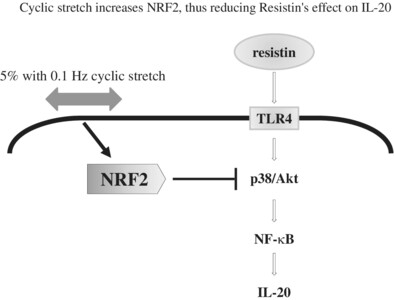
This study investigated the role of NRF2 in human nucleus pulposus (NP) cells subjected to low-frequency cyclic stretch stimulation. The results indicated that resistin stimulation induced IL-20 expression in a dose- and time-dependent manner, while 5% cyclic stretch could inhibit this resistin-induced NF-κB activation and IL-20 expression, shedding light on the interactions among resistin, IL-20, and mechanical forces and their effects on NP cell function.
Intervertebral Disc Degeneration Mediates the Causal Effect of Genetically Predicted Diffuse Idiopathic Skeletal Hyperostosis on Spinal Stenosis: Evidence From a Mendelian Randomization Study
- First Published: 20 January 2025
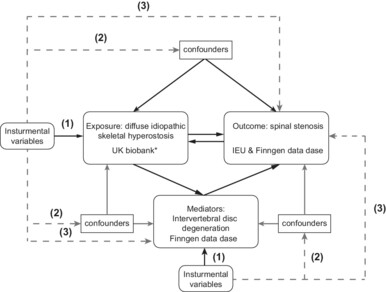
Our research is based on three key assumptions: (1) the genetic variants exhibit robust associations with DISH or IDD; (2) the genetic variants do not correlate with other confounding factors; and (3) the genetic variants influence the clinical outcome solely through exposures; and (3) The genetic variants influence the clinical outcome solely through exposures; The causal effect of diffuse idiopathic hyperostosis on spinal stenosis was studied by instrumental variables.
Is There a Positive or Negative Correlation Between Cervical Vertebral Bone Quality and Intervertebral Disc Degeneration by Pfirrmann Grading
- First Published: 23 January 2025
Explorative Study of Modulatory Effects of Notochordal Cell-Derived Extracellular Vesicles on the IL-1β-Induced Catabolic Cascade in Nucleus Pulposus Cell Pellets and Explants
- First Published: 29 January 2025

This study utilized two IL-1β induced pro-catabolic culture models; a dog 3D nucleus pulposus (NP) cell pellet culture and a human patient-derived, ex vivo NP tissue culture system. Porcine NC-EVs and donor-matched EV-depleted media were generated from NC-conditioned medium by differential centrifugation and size exclusion chromatography. While NC-EVs did not elicit matrix anabolic effects, they subtly modulated secretion of CCL2, IL-6, and CXCL1 in human explants in the presence of IL-1β.
E74-like ETS transcription factor 3 expression and regulation in human intervertebral disc
- First Published: 28 January 2025
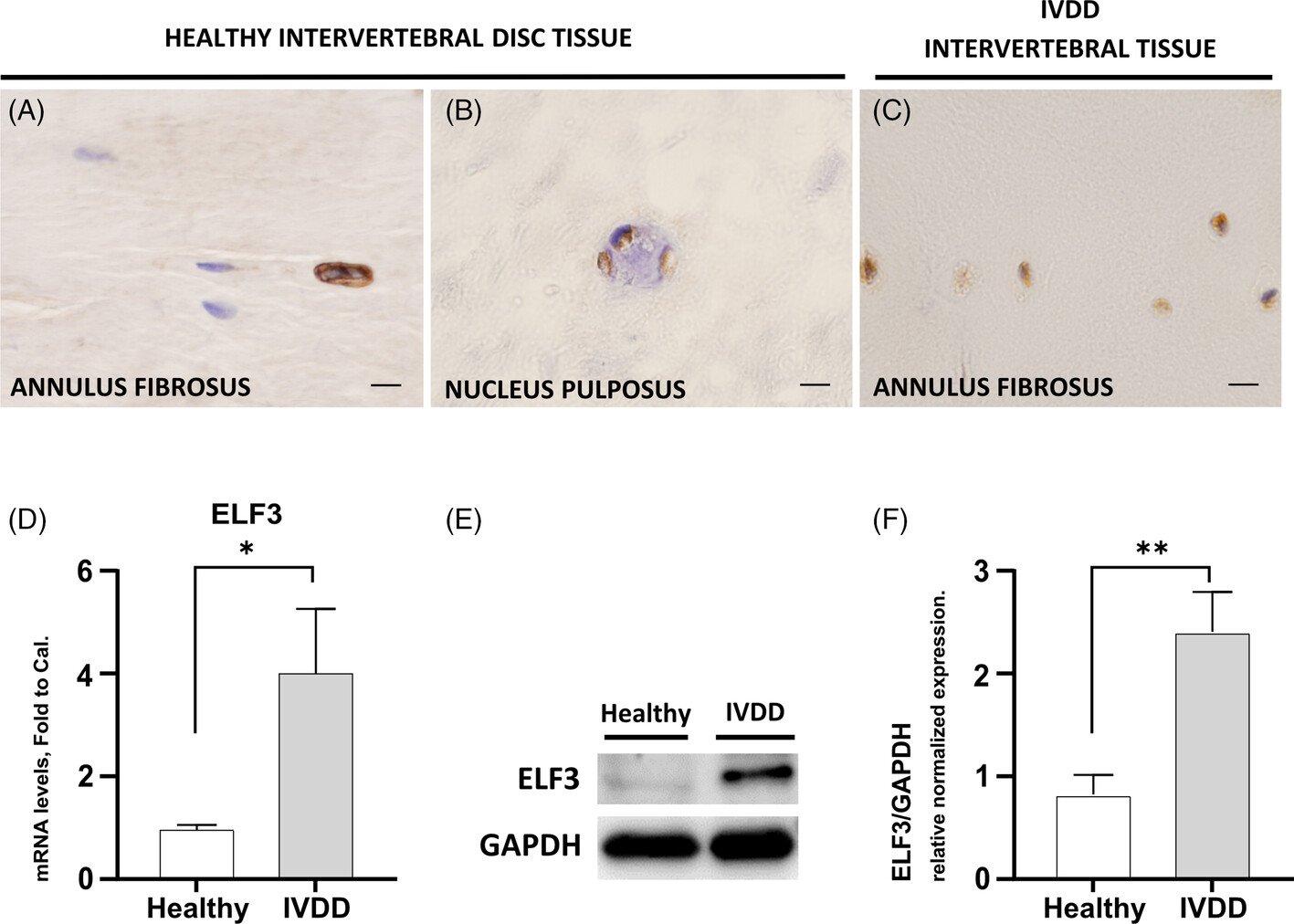
This research unveils, for the first time, the role of ELF3 in intervertebral disc degeneration (IVDD). It sheds light on the intricate interplay between ELF3 expression and the inflammatory as well as degenerative processes inherent to IVDD. Understanding the role of ELF3 in disc pathophysiology may hold potentials in developing therapies aimed at preserving disc integrity and treating disc disorders.
Gut Microbiome and Metabolome Changes in Chronic Low Back Pain Patients With Vertebral Bone Marrow Lesions
- First Published: 27 January 2025
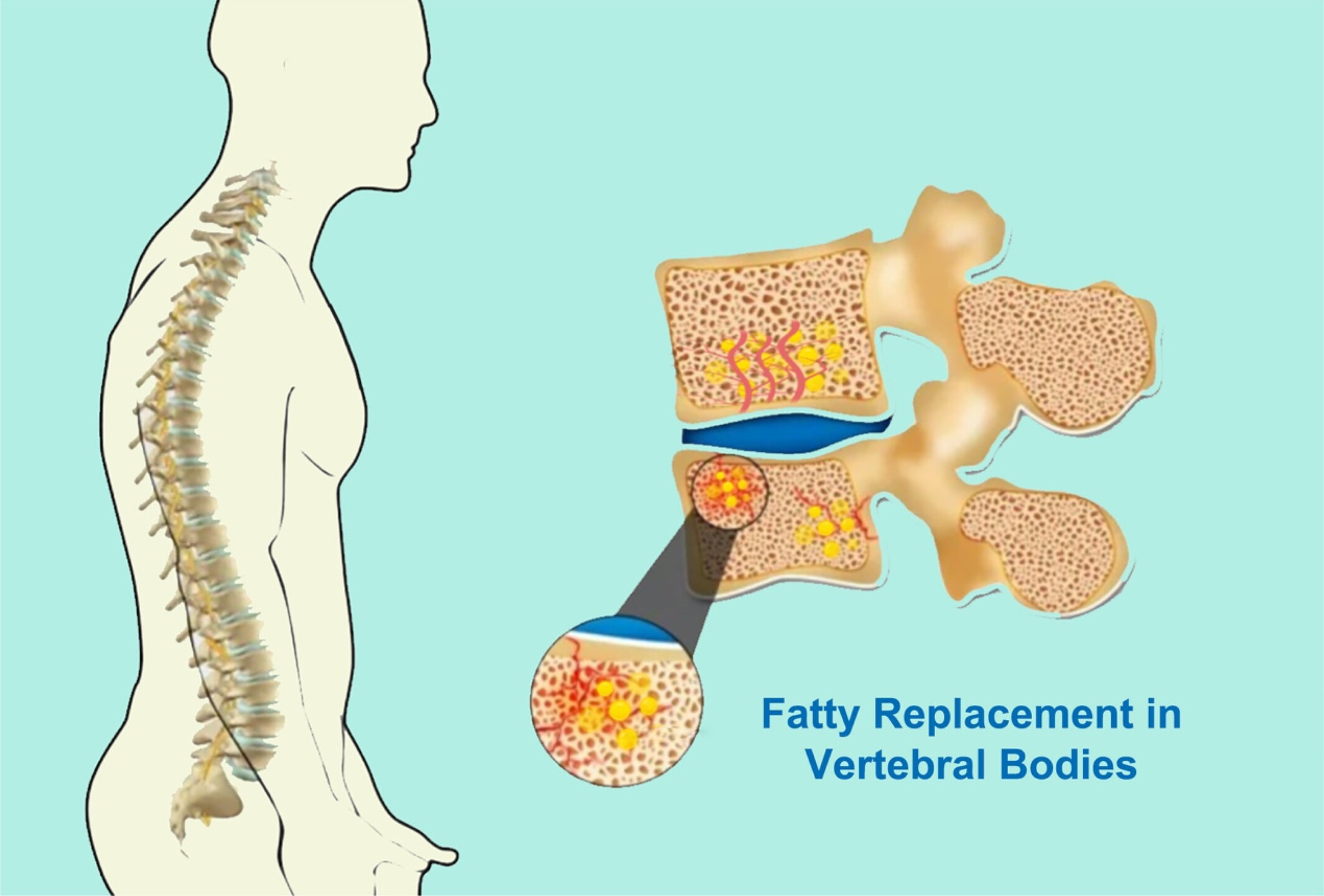
This study explores the link between the gut microbiome, serum metabolome, and fatty replacement (FR) in chronic low back pain (LBP) patients. Findings reveal that dysbiosis in the gut microbiome and altered branched-chain amino acid (BCAA) levels contribute to FR through the SIRT4 pathway, suggesting potential therapeutic strategies targeting gut microbial balance and serum metabolites to alleviate chronic LBP.
Variations in ECM Topography, Fiber Alignment, Mechanical Stiffness, and Cellular Composition Between Ventral and Dorsal Ligamentum Flavum Layers: Insights Into Hypertrophy Pathogenesis
- First Published: 30 January 2025
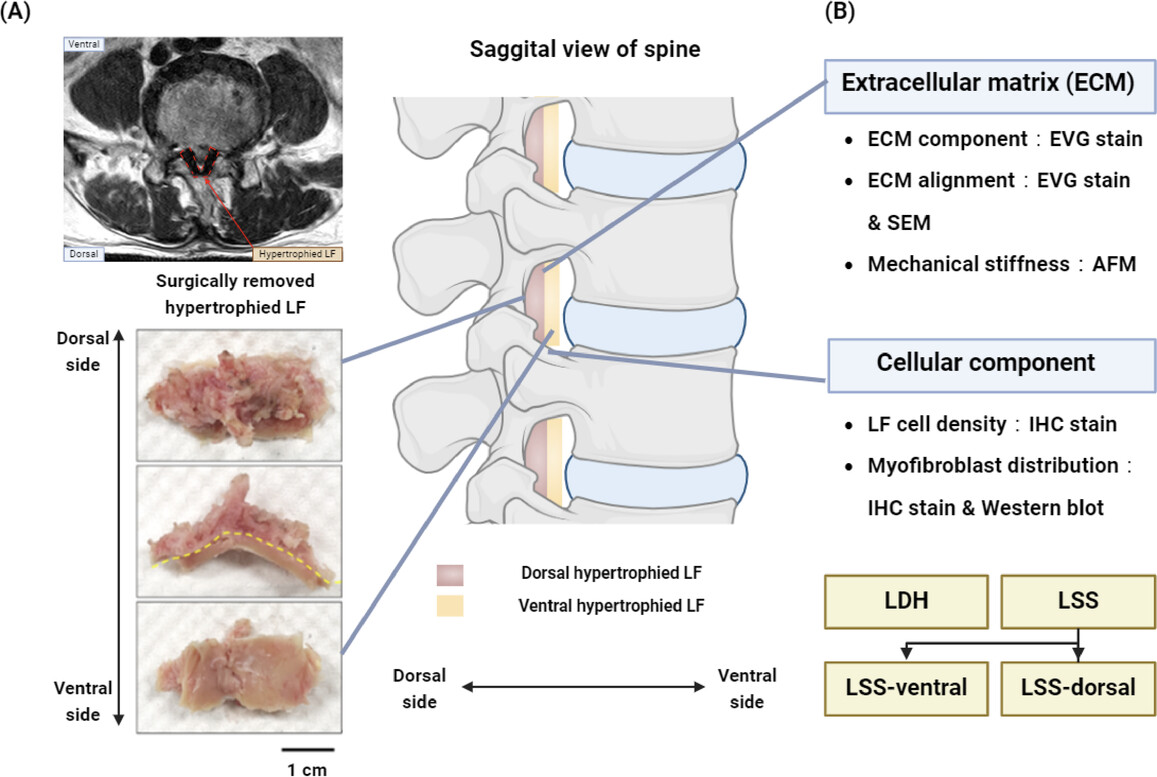
Distinctive ECM and Mechanical Properties: The dorsal layer of hypertrophied ligamentum flavum exhibits higher collagen content, disorganized fiber alignment, and reduced stiffness compared to the ventral layer. Increased Myofibroblast Presence: There is a significantly greater presence of α-smooth muscle actin-stained myofibroblasts in the dorsal layer, indicating higher fibrosis.
The Cross-Sectional Areas and Anterior–Posterior Balance of the Cervical Paraspinal Muscles in Dropped Head Syndrome and Cervical Spondylotic Myelopathy: A Propensity Score-Matched Analysis
- First Published: 30 January 2025
Annulus Fibrosus Repair via Interpenetration of a Non-Woven Scaffold Supports Tissue Integration and Prevents Re-Herniation
- First Published: 06 February 2025
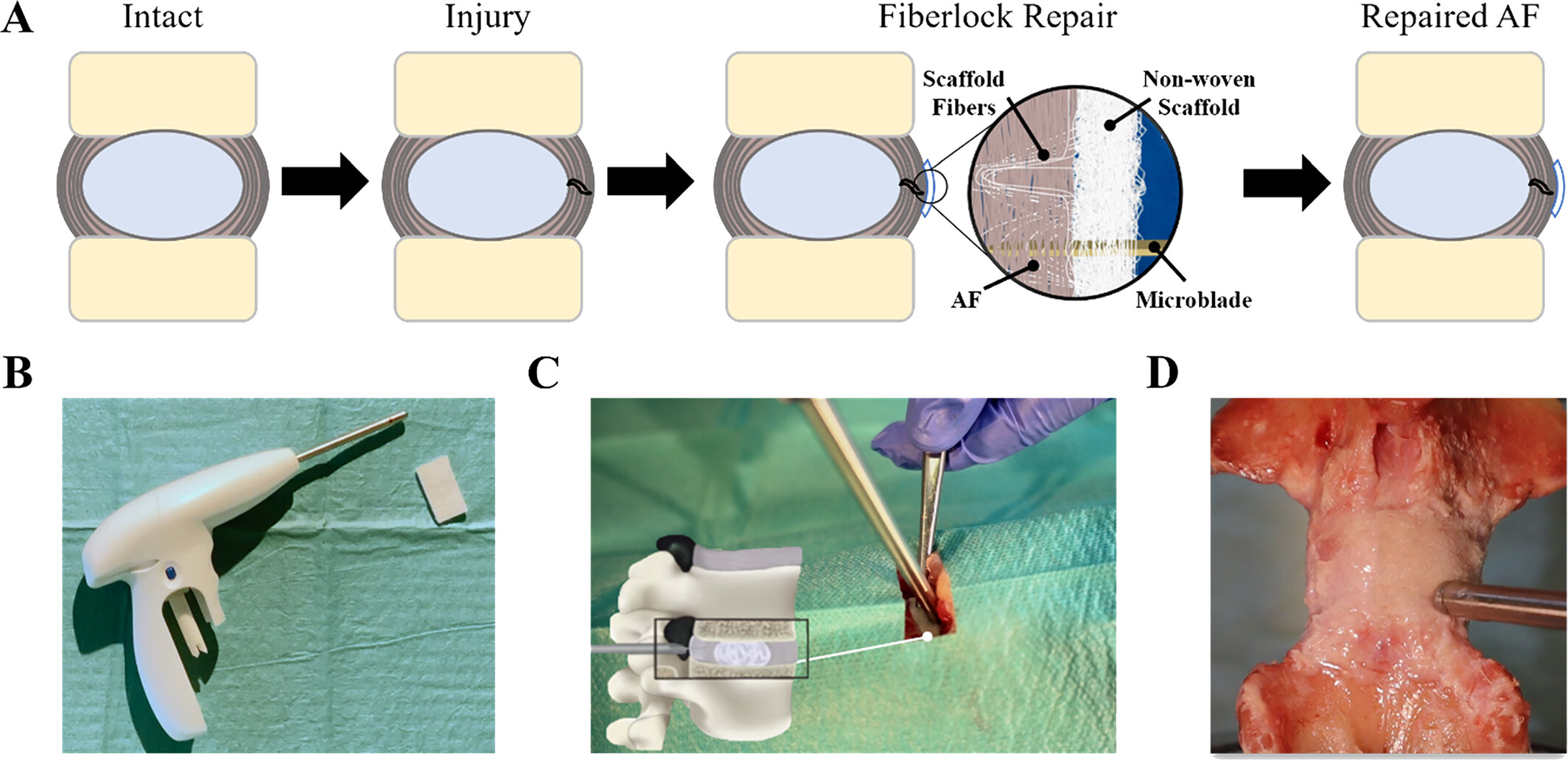
Current surgical management of intervertebral disc herniation inadequately addresses the risk of a recurrent herniation, in part due to limited regenerative capabilities of the disc. Here we demonstrate that a new strategy for biomaterial-based augmentation that harnesses mechanical interpenetration of a non-woven PET scaffold into the intervertebral disc tissue, using ex vivo and in vivo models.
Ex Vivo and In Vitro Proteomic Approach to Elucidate the Relevance of IL-4 and IL-10 in Intervertebral Disc Pathophysiology
- First Published: 10 February 2025

In-vitro treatment with IL-4, IL-10, and/or IL-1β was performed to characterize the secretome profiles of NP cells from trauma and degenerated IVDs. Secretome patterns were markedly different between trauma and degenerated cell subsets after IL-4 stimulation, suggesting that IL-4 has a pleiotropic effect which depends on the degree of degeneration.
Transient Receptor Potential Vanilloid 4 Knockdown Decreases Extracellular Matrix Synthesis via Autophagy Suppression in the Rat Intervertebral Disc
- First Published: 17 February 2025
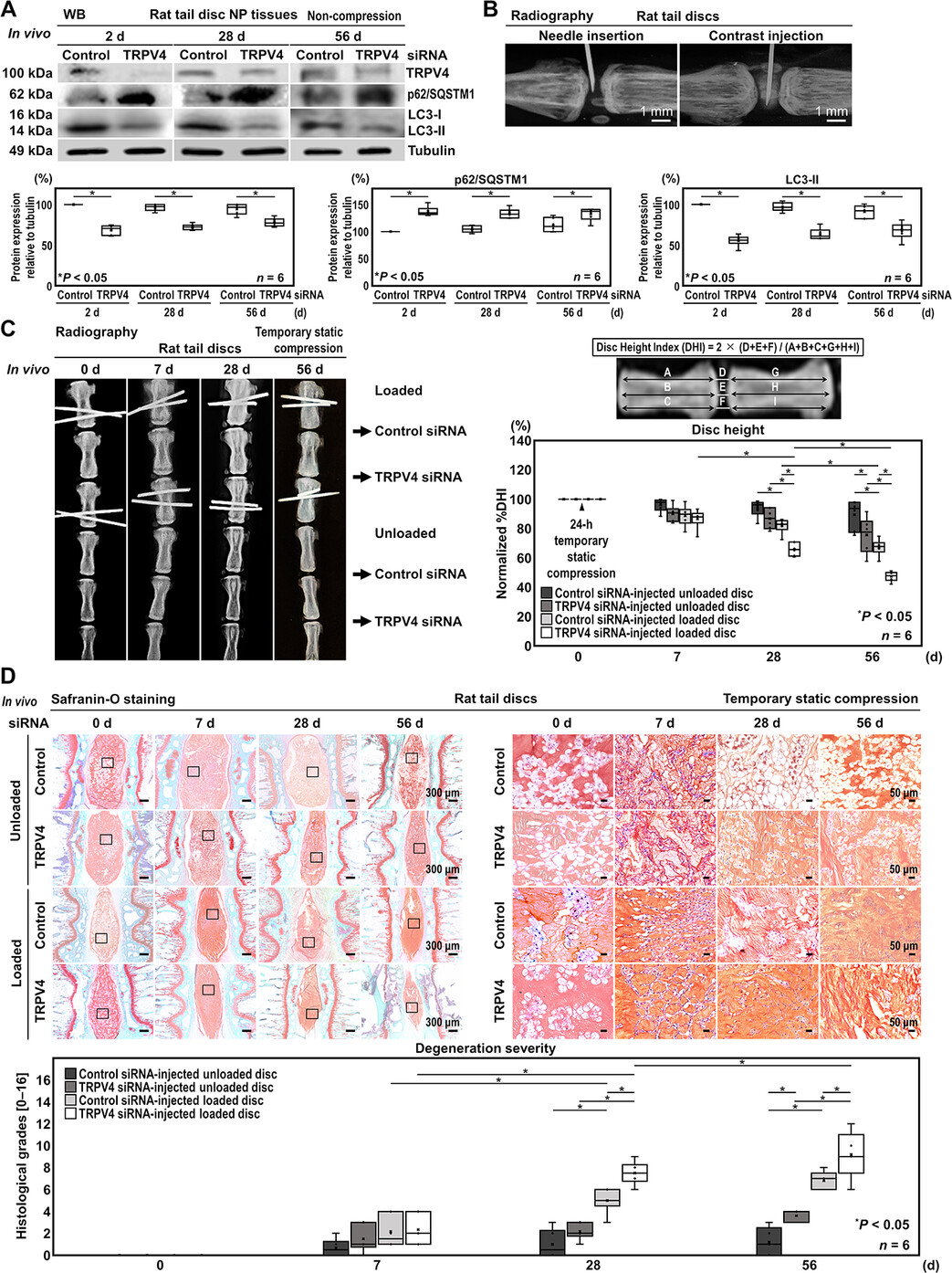
We conducted in vitro and in vivo TRPV4 RNA interference study in the rat intervertebral disc cells and tissues. In vitro, TRPV4 knockdown decreased extracellular matrix synthesis, cell viability, and autophagy activity. In vivo, TRPV4 knockdown showed radiographic intervertebral disc height loss, histomorphological disc degeneration, and immunofluorescent autophagy suppression.
Gene Expression Changes Precede Elevated Mechanical Sensitivity in the Mouse Intervertebral Disc Injury Model
- First Published: 23 February 2025
Mechanism of Intervertebral Disc Degeneration via the β-Catenin/CCL2 Pathway in Sox9 Conditional Knockout Mice
- First Published: 26 February 2025
Range of Motion and Neutral Zone of All Human Spinal Motion Segments: A Data Collection of 30 Years of In Vitro Experiments Performed Under Standardized Testing Conditions
- First Published: 05 March 2025
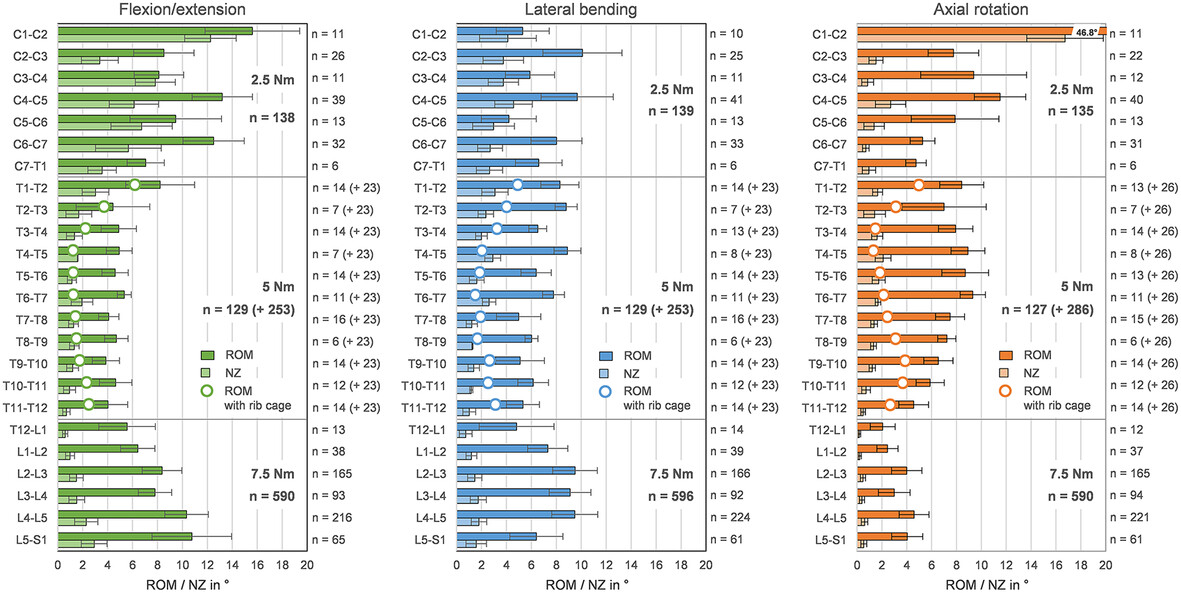
A comprehensive overview of the range of motion (RoM) and neutral zone (NZ) values of all spinal levels is presented, which were collected during 30 years of in vitro experiments under standardized testing conditions in one institution. This unique summary of RoM and NZ data, acquired under the same loading conditions in the same testing device, provides a detailed insight into overall spinal flexibility and will serve as a valid dataset for the validation of in vitro studies and numerical models of the single motion segments of the spine.
Parallel Networks to Predict TIMP and Protease Cell Activity of Nucleus Pulposus Cells Exposed and Not Exposed to Pro-Inflammatory Cytokines
- First Published: 20 February 2025
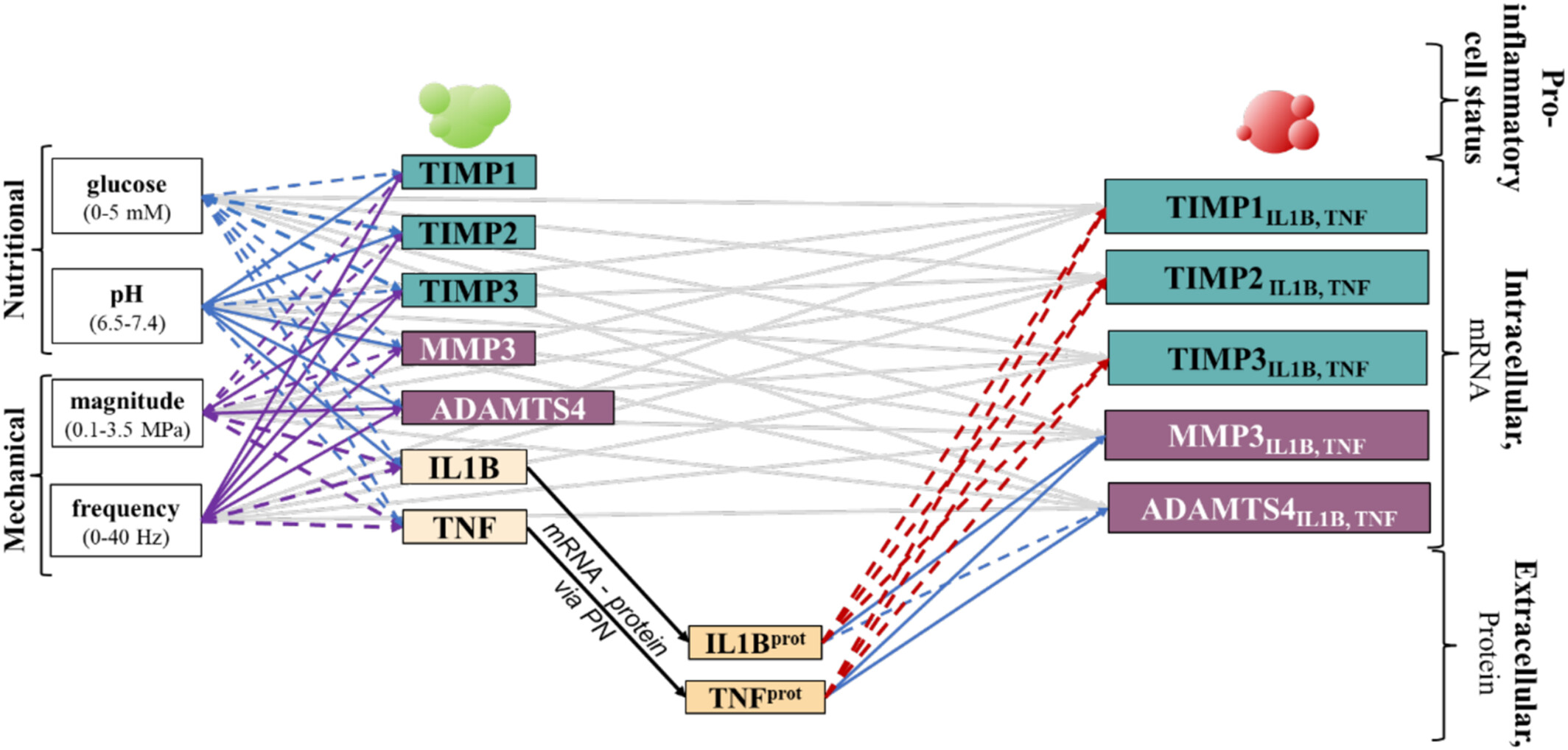
This work uses the Parallel Network (PN)-Methodology to estimate cell responses, in terms of tissue inhibitors of matrix metalloproteinases (TIMP) and protease mRNA expression, to five different human activities for a non-degenerated and for an early-degenerated disc. Thereby, TIMP and protease mRNA expressions were estimated for cells exposed and not exposed to the pro-inflammatory cytokines interleukin 1beta and tumor necrosis factor. Predicted cell responses largely agreed with independent experimental studies, supporting the relevance of the simulations, therefore, proposing the PN-Methodology as a promising tool in estimating cell activities in complex stimulus environments.
Ruxolitinib Delays Nucleus Pulposus Cell Senescence in Rat Intervertebral Discs
- First Published: 05 March 2025
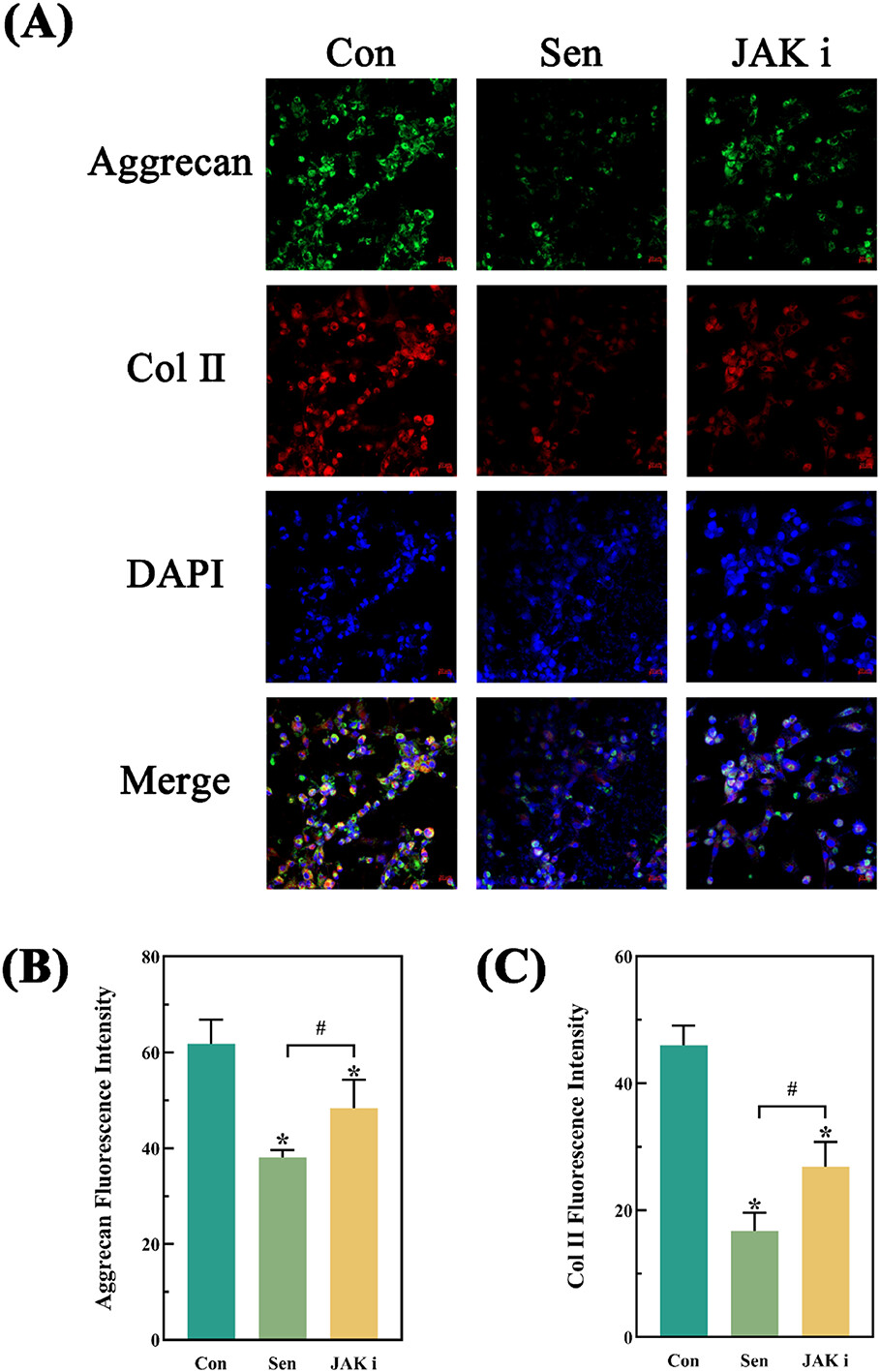
The abnormal activation of the JAK2/STAT3 pathway plays a crucial role in NP senescence. By inhibiting the JAK2/STAT3 pathway, the senescence of NPC is reduced, apoptosis is decreased, and the proliferation of NPC is enhanced. Furthermore, it has a positive impact on reducing inflammatory injury and promoting the dynamic balance in ECM. Therefore, the JAK2/STAT3 pathway could be a promising therapeutic target for degenerative disc disease.
Application and Validation of Semiautomatic Quantification of Immunohistochemically Stained Sections for Low Cellular Tissue Such as Intervertebral Disc Using QuPath
- First Published: 06 March 2025
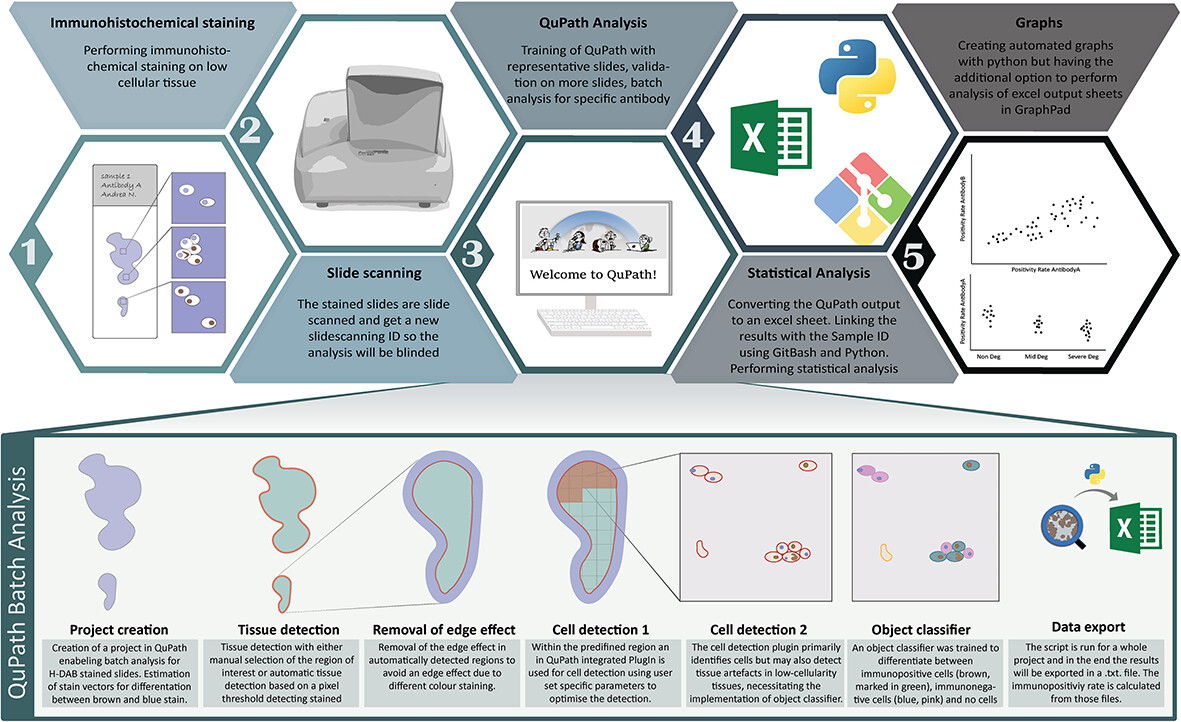
This study presents a semi-automatic pipeline for quantitative analysis of immunohistochemically stained slides, particularly for low-cellularity tissues such as intervertebral discs (IVDs) and cartilage. The semi-automatic method developed using QuPath addresses key limitations of manual cell counting, such as human fatigue, subjective interpretation, and regional bias, improving both accuracy and reproducibility. High inter-rater agreement and strong correlation with manual counting underscore the method's robustness and reliability.
DeVa (Decay Variance): A Novel Score Calculated via Postprocessing the Changes in Signal Intensity of an Intervertebral Disc in a T2* Multi-Echo Magnetic Resonance Image Can Quantify Painful and Degenerate Lumbar Vertebral Discs
- First Published: 06 March 2025
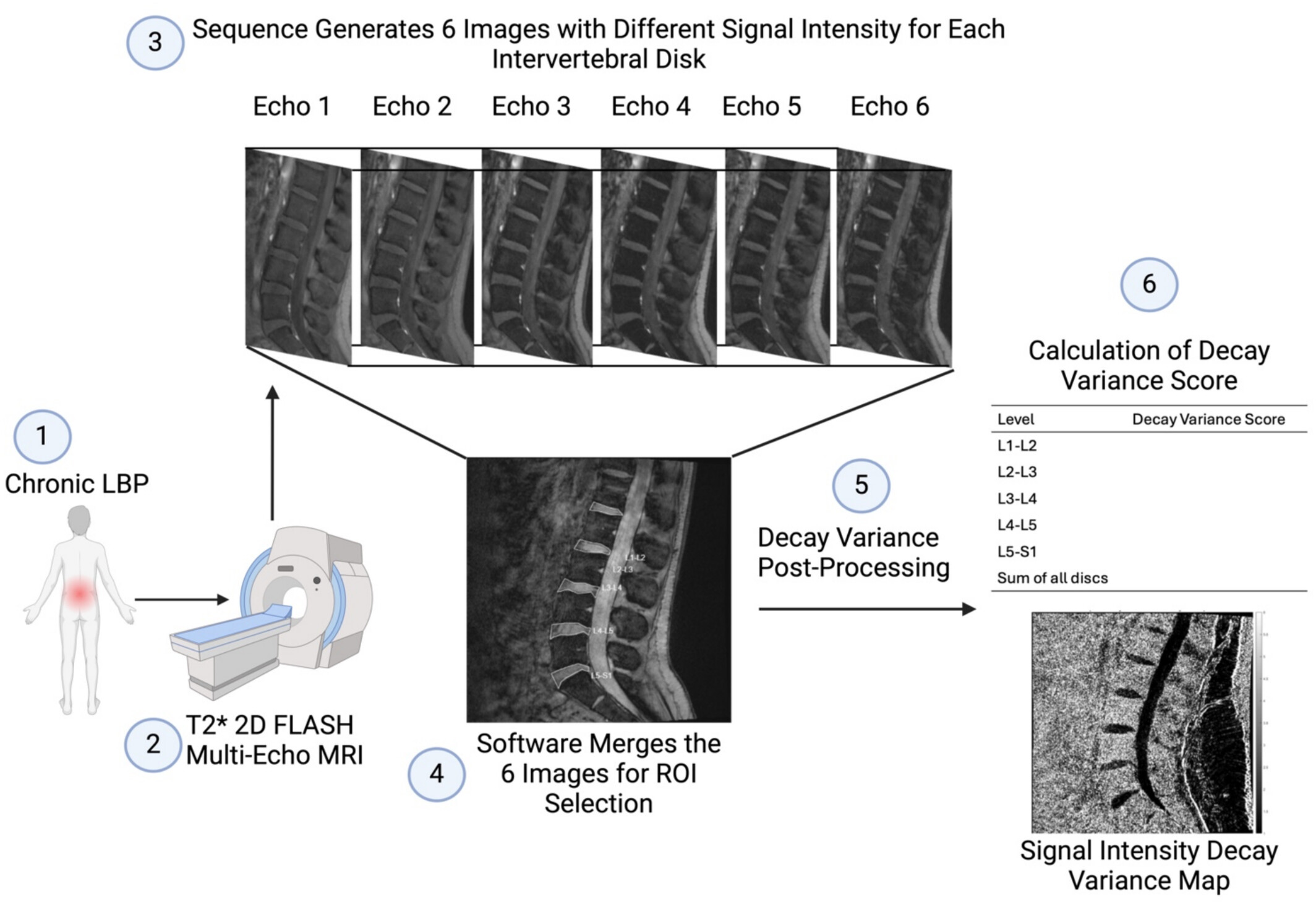
The study introduces Decay Variance (DeVa), a novel MRI postprocessing technique to assess intervertebral disc degeneration. DeVa quantitatively correlates with disc health and pain, demonstrating greater sensitivity than traditional imaging. It shows potential for noninvasive diagnostics, aiding in the personalized management of chronic low back pain.
The Significance of Cellular Senescence Hub Genes in the Diagnosis and Subtype Classification of a Comprehensive Database of Gene Expression in Intervertebral Disc Degeneration
- First Published: 06 March 2025
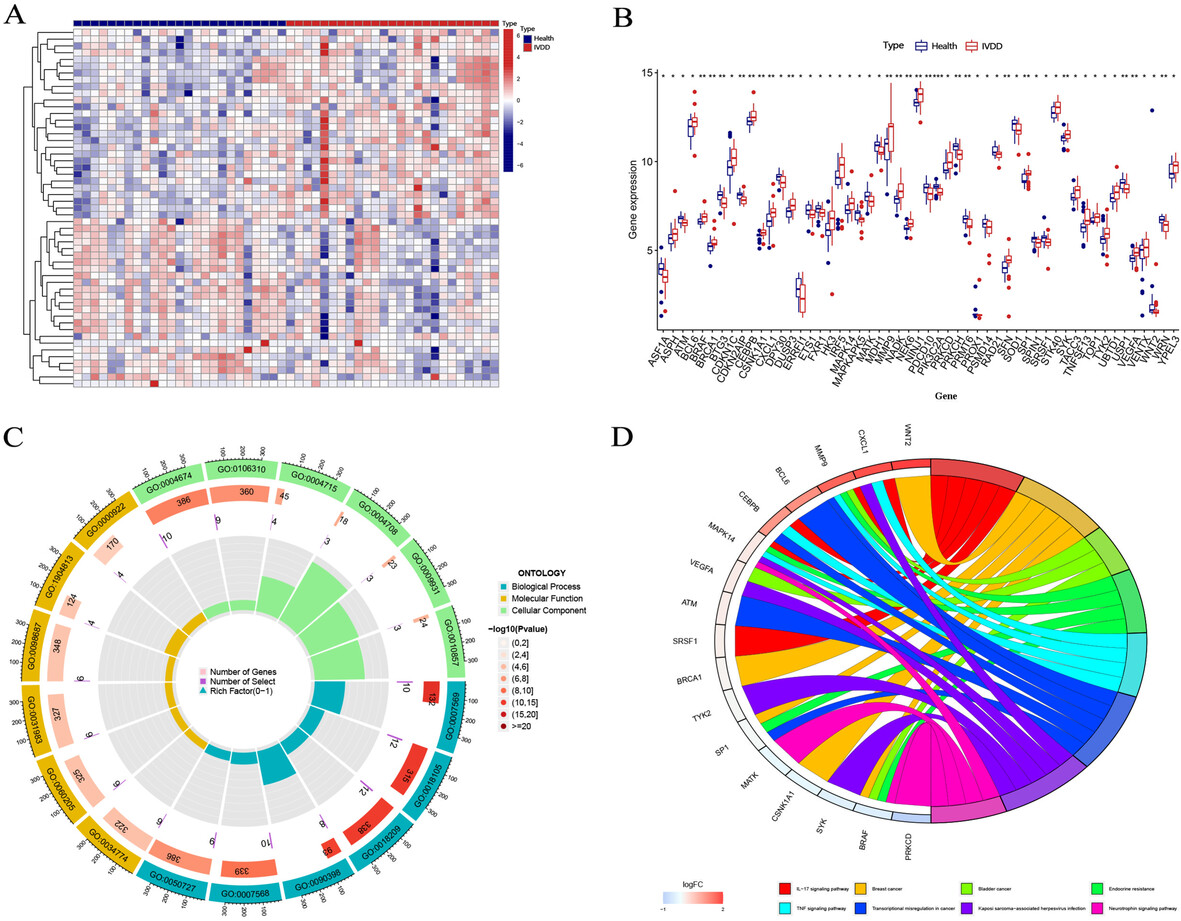
Our study selected four hub genes CSRGs and established a nomogram model to predict the incidence of IVDD in patients. Based on the four CSRGs, we further identified two gene clusters, one of which may be associated with IVDD, and validated this association using clinical samples of intervertebral discs at different degeneration stages. This indicates that our selected four hub genes can be used to predict the prognosis and subtype classification of IVDD, thereby facilitating its prevention and treatment.
Transcriptome Data Combined With Mendelian Randomization Analysis Identifies Key Genes Associated With Mitochondria and Programmed Cell Death in Intervertebral Disc Degeneration
- First Published: 24 March 2025
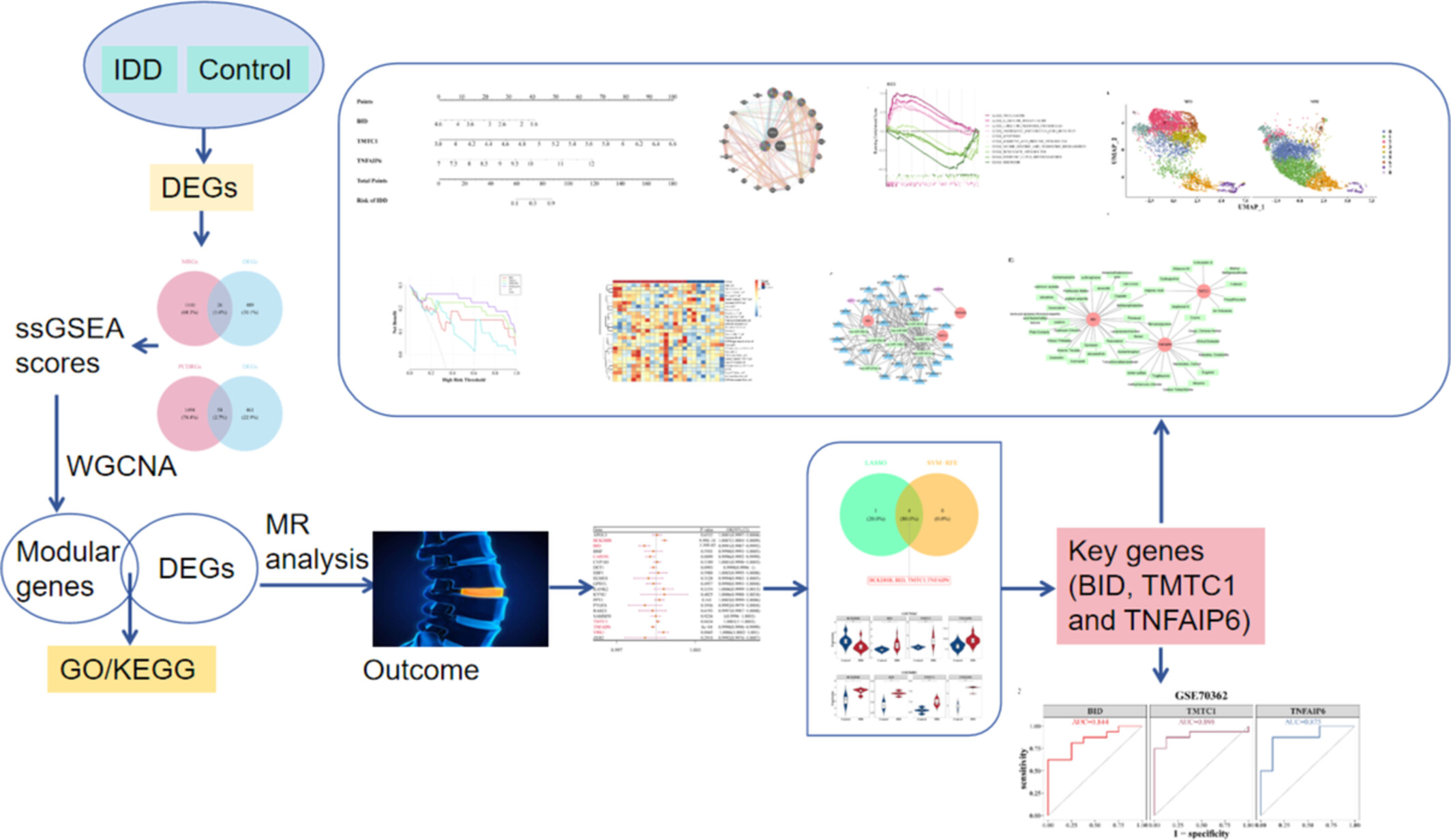
This research underlines the translational potential of our findings in IDD, focusing on mitochondrial dysfunction and programmed cell death pathways. By pinpointing genes like BID, TMTC1, and TNFAIP6, our work offers promising targets for therapeutic development and diagnostic markers. The construction of predictive nomograms based on these genes could facilitate early diagnosis and personalized treatment strategies, significantly enhancing clinical outcomes for patients with IDD.
The Significance of MAPK Signaling Pathway in the Diagnosis and Subtype Classification of Intervertebral Disc Degeneration
- First Published: 24 March 2025
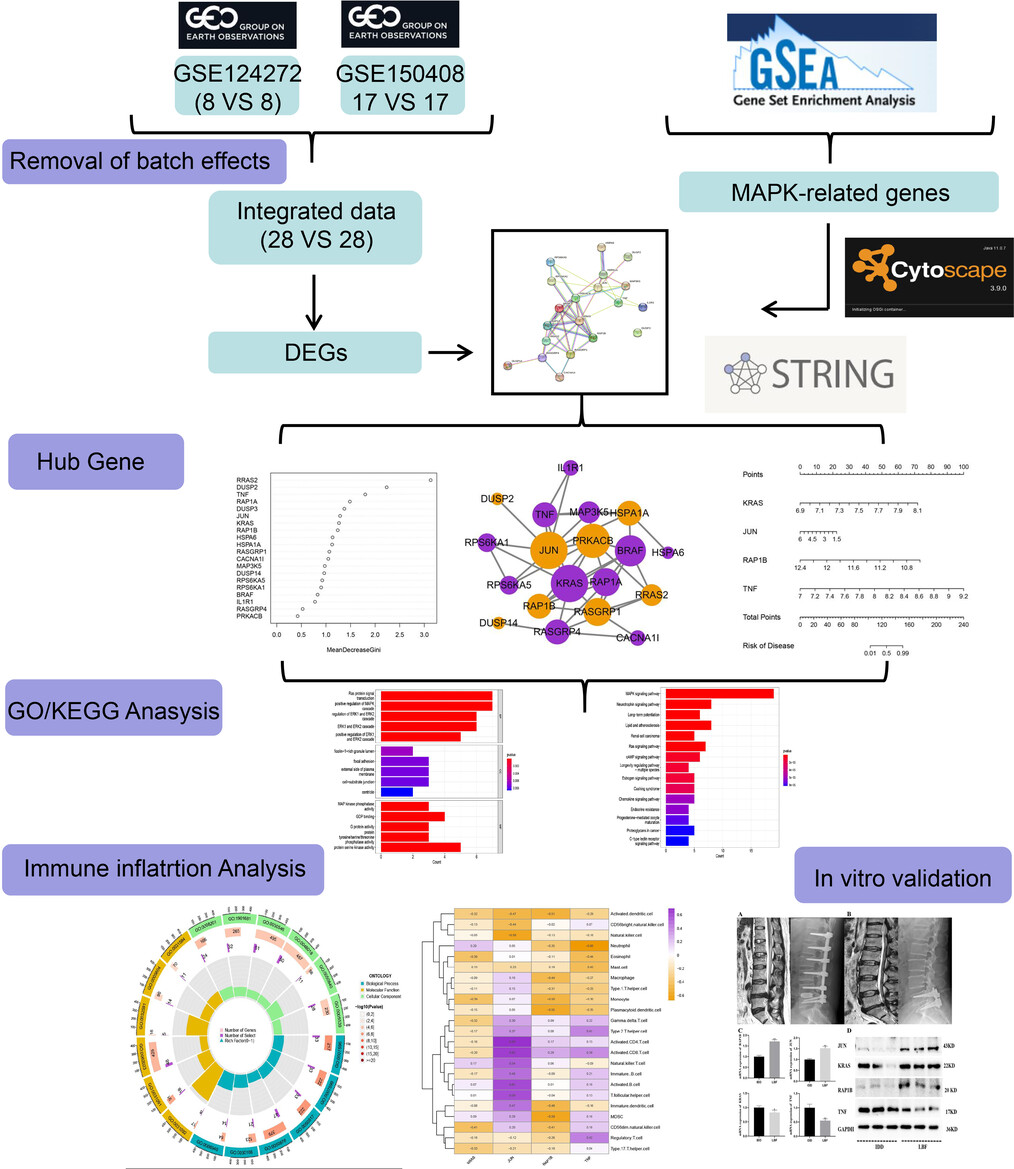
We have developed a prognostic nomogram model that utilizes four genes (KRAS, JUN, RAP1B, and TNF) that are implicated in the hub MAPK signaling pathway to predict the prevalence of IDD patients. Additionally, we validated the expression levels of these genes in clinical samples. By utilizing consensus clustering, we have constructed two distinct MAPK clusters (A and B), wherein cluster B exhibits a higher degree of immune cell infiltration and differential expression patterns of IDD-related genes as compared with cluster A, thereby suggesting an association between MAPK cluster B and IDD. Thus, the four identified hub genes involved in the MAPK signaling pathway (i.e., KRAS, JUN, RAP1B, and TNF) may demonstrate clinical utility in the diagnosis and subtyping of IDD, ultimately leading to improved prevention and treatment strategies.




